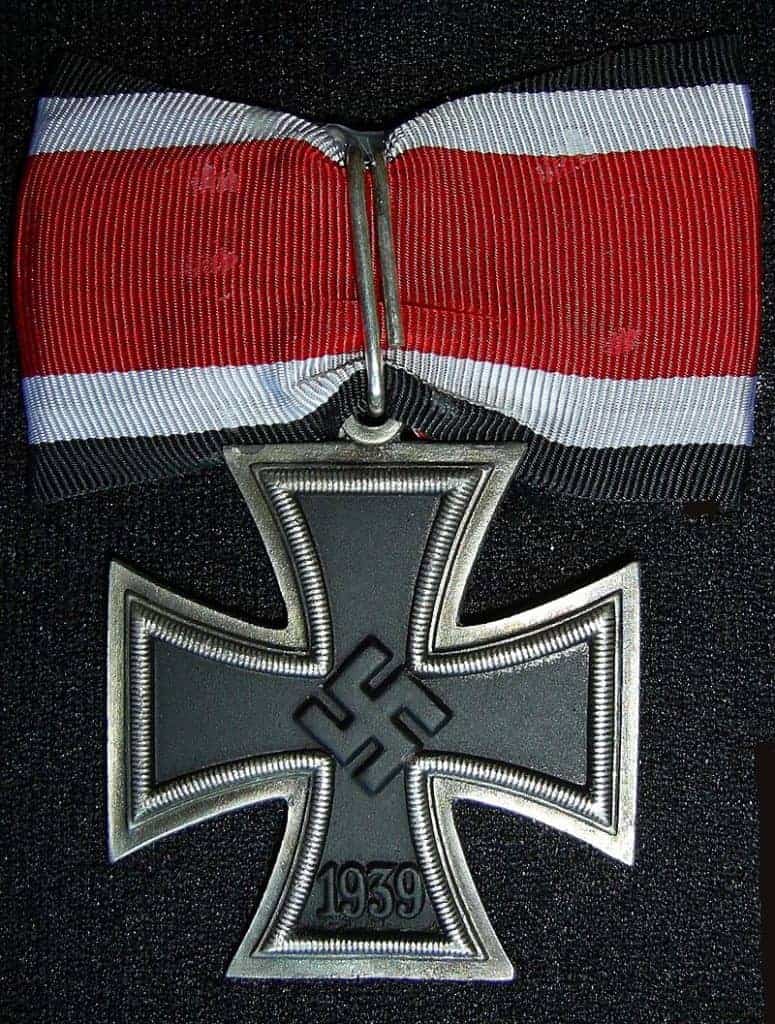Cold hard logic doesn’t always translate to war, sometimes true evil reigns, such as the capture of Nanjing, but many other times moments of mercy and compassion show, such as the Christmas truce of WWI. Western Europe (outside of Germany) and the U.S. tend to have the simplistic view of the Allied forces being good and the Germans being bad or evil in some cases.
While there were cases of German forces committing war crimes, the German pilots of the Luftwaffe mostly just did their jobs. On December 20th, 1943, however, German pilot Franz Stigler did not do his job and became a hero because of it.
When looking back in history, we must always remember to keep the morality of the period in context. Indiscriminate city bombing would be considered a war crime today, but that was not the case during WWII. Virtually every side that could bomb enemy cities did. We know that it was wrong now, but the bomber pilots then simply did their jobs.
The Luftwaffe’s job after D-day transitioned from bombing and the Battle of Britain to defending the Fatherland. This meant defending against the mighty B-17 bombers and their escorts. It is important to note that essentially any bomber if caught alone, was an easy target for a fighter. That said, the B-17 had the nickname of the “Flying Porcupine” for a reason. The bombers had as many as thirteen machine guns, depending on the specific variant, to ward off fighters, especially in the time before long-range escort fighters became the norm. A vulnerable B-17 was absolutely a priority for any German fighter pilot.

ADVERTISEMENT - CONTINUE READING BELOW
One German pilot, Franz Stigler, was very good at his job. He was nearly eligible for the highest military award in the German military, the Knight Cross. 30 air victories were the requirement, with fighters as one and downing bombers counting as three victories, further showing the priority placed on destroying the bombers. Franz was sitting at 27 victories on the day of the incident.

ADVERTISEMENT - CONTINUE READING BELOW
Across the English Channel, Charlie Brown, a self-described “farm boy from West Virginia,” was gearing up to pilot his B-17F, the “Ye Olde Pub” as part of a bombing group targeting aircraft manufacturing centers in Bremen. Before the 10-man crew could even drop the bombs, flak from hundreds of AA guns peppered Brown and his position as the lead bomber.
A damaged engine forced Brown to hang back from the formation and presented an even more ideal target, especially for fighters as there were no other B-17s to present the danger of overlapping fields of fire. About 10-15 German fighters converged on Ye Olde Pub and tore through it with autocannon fire.

